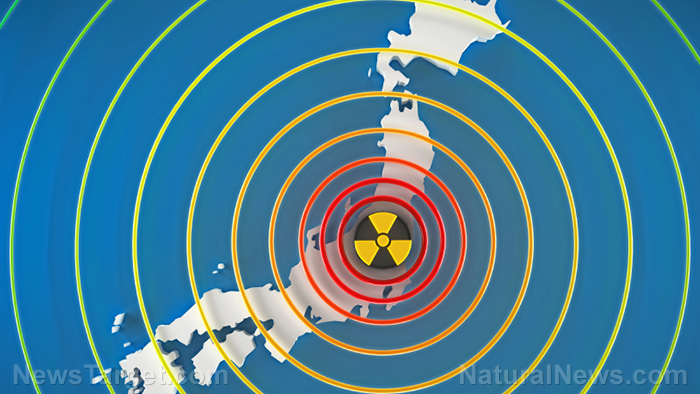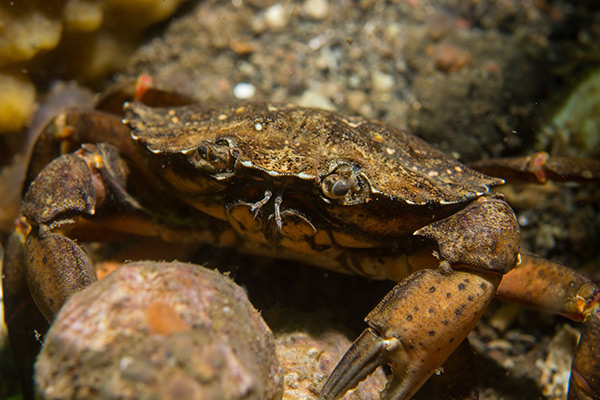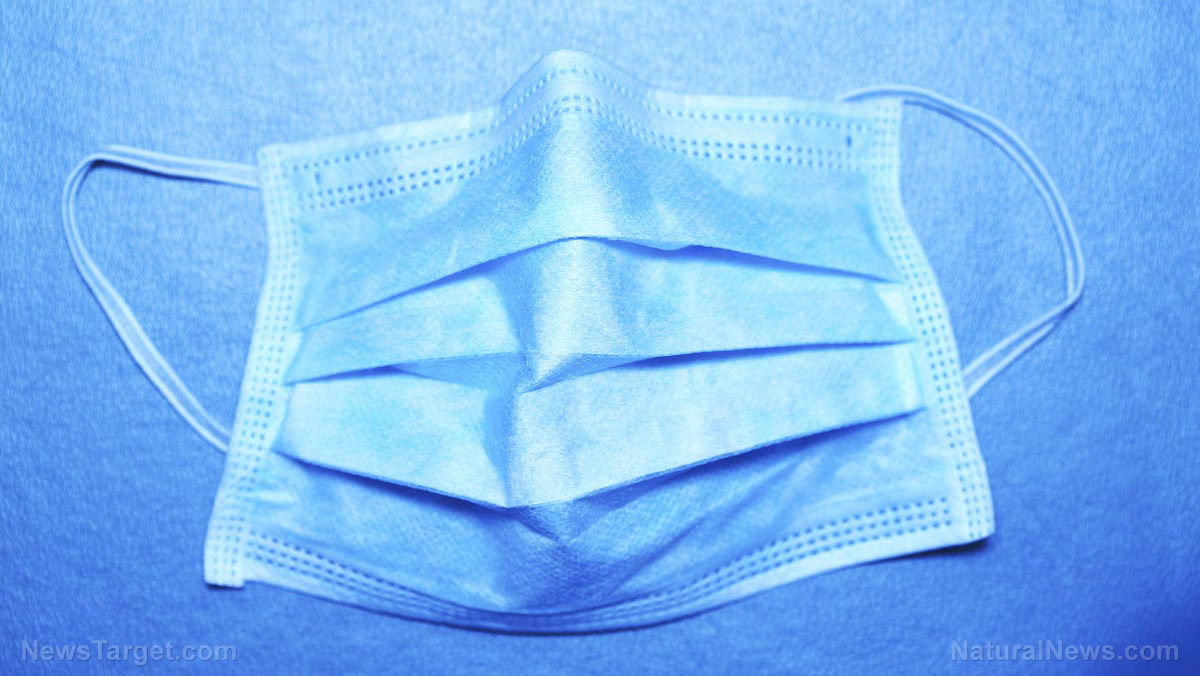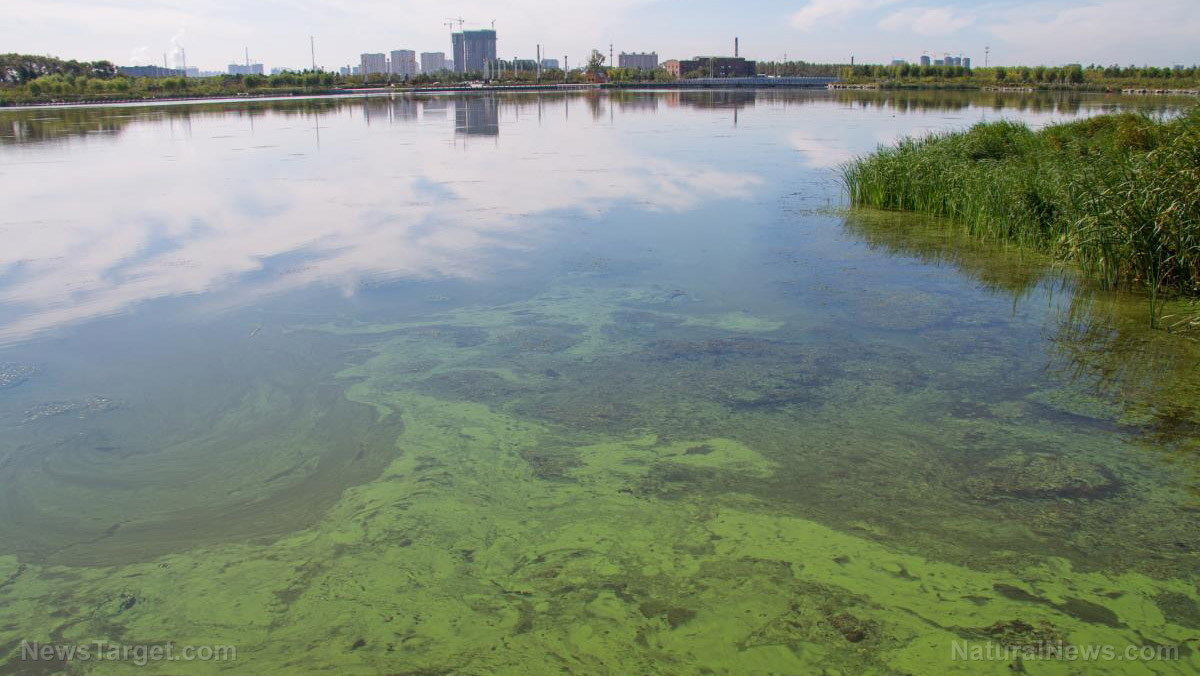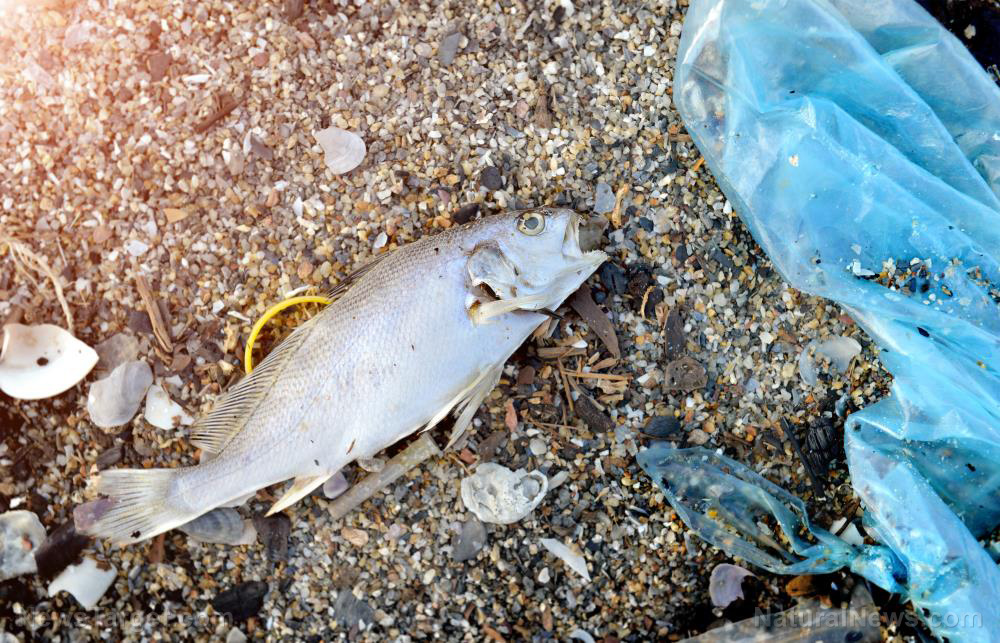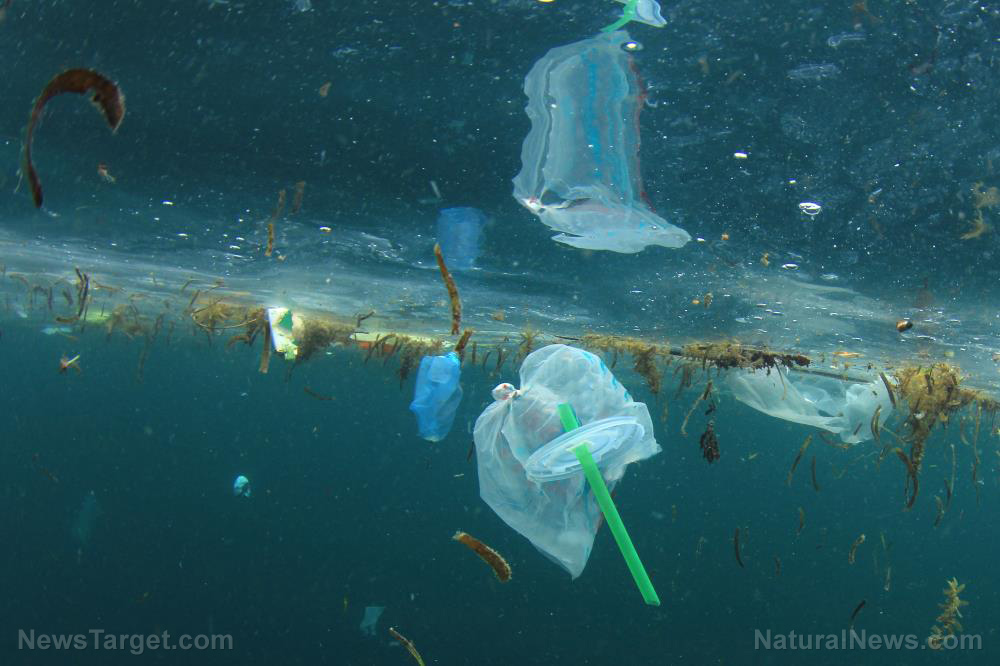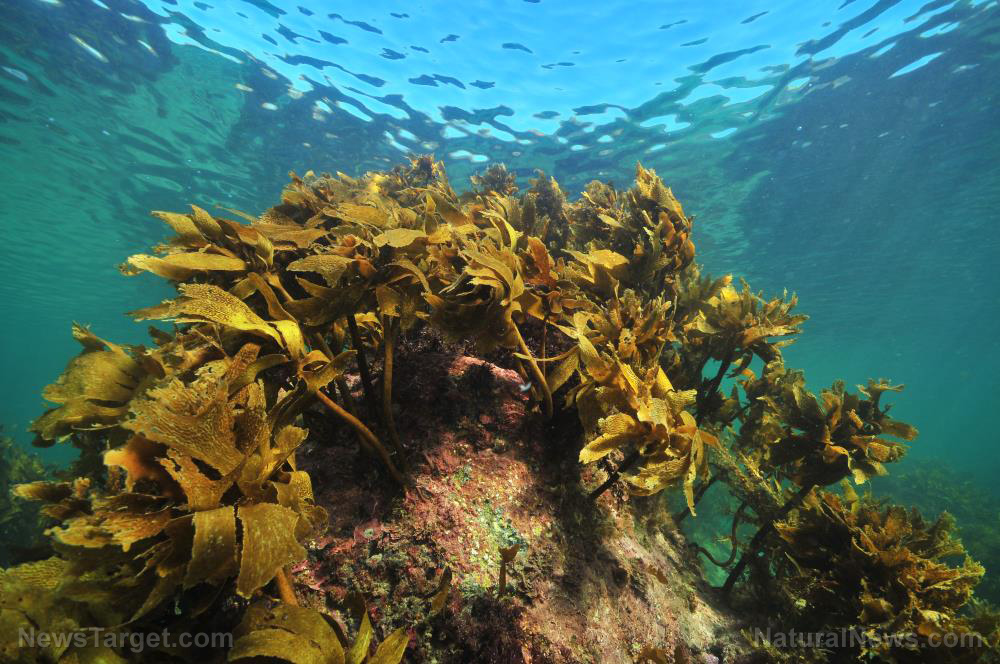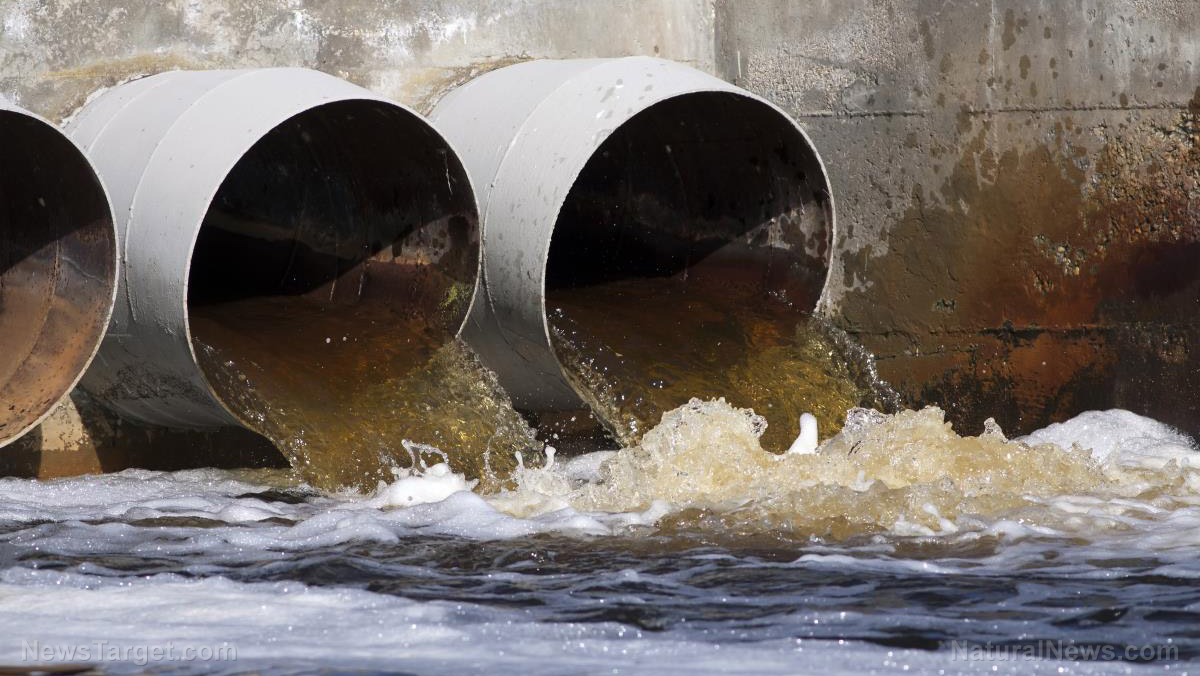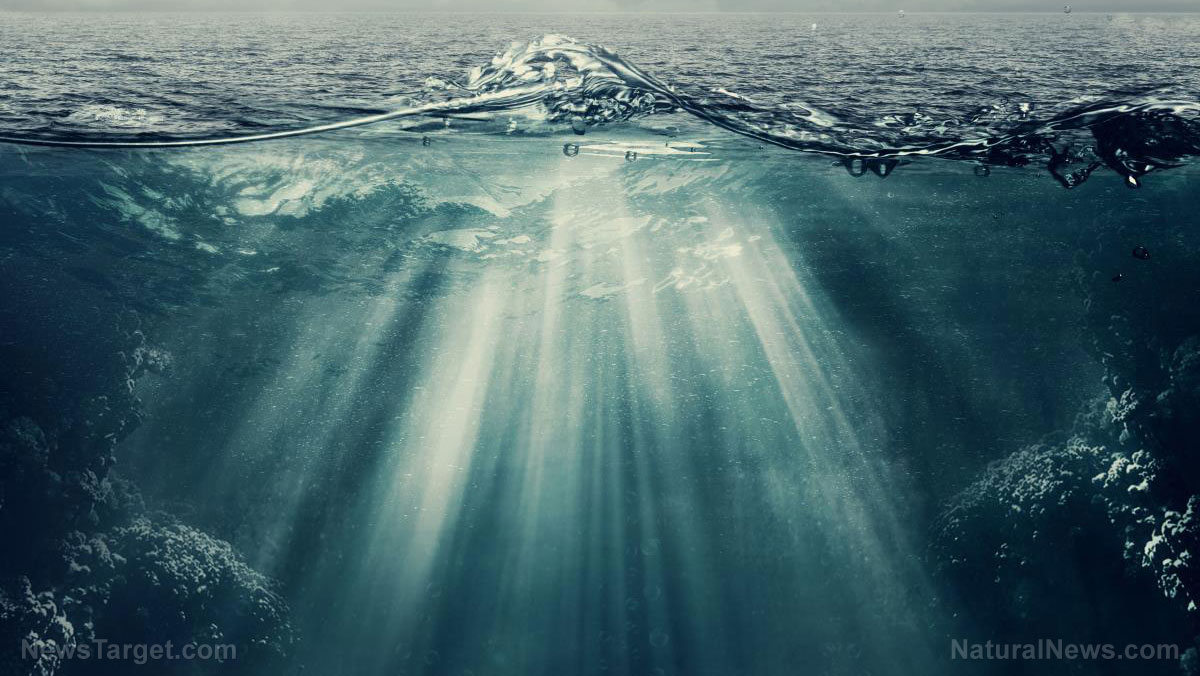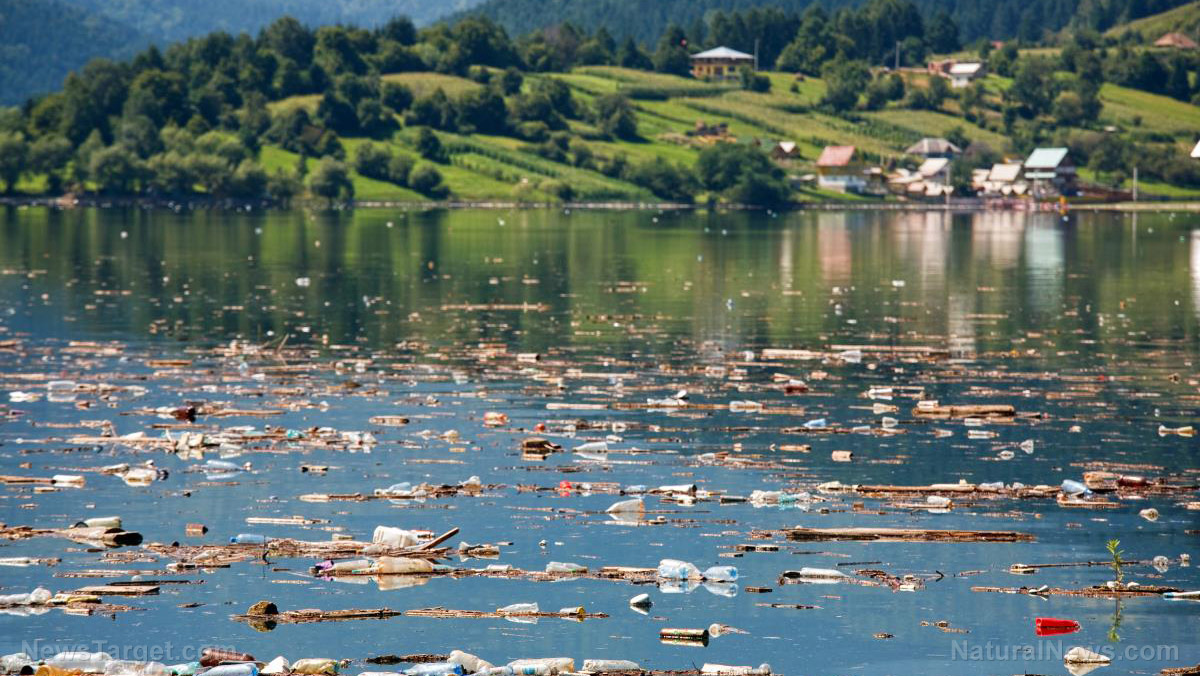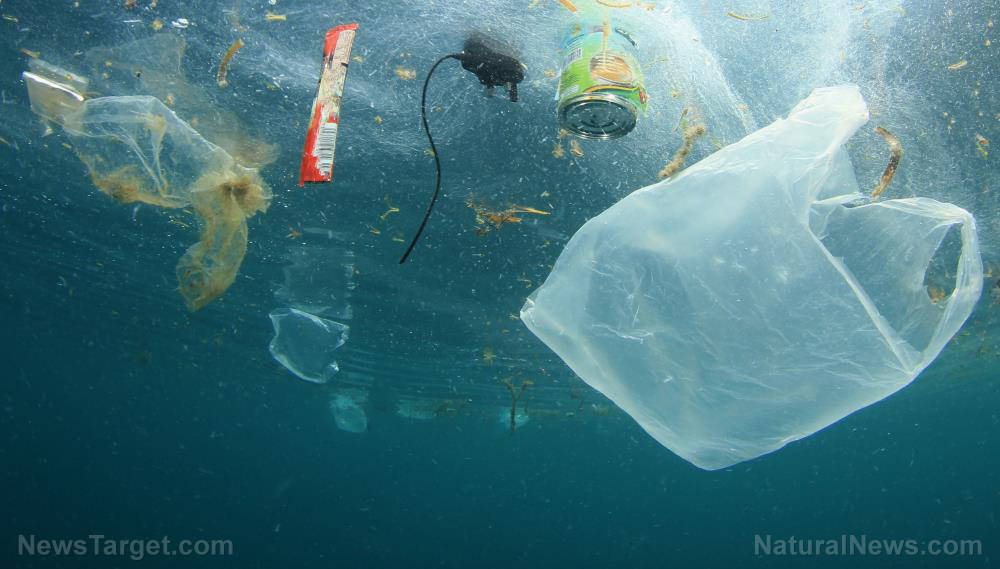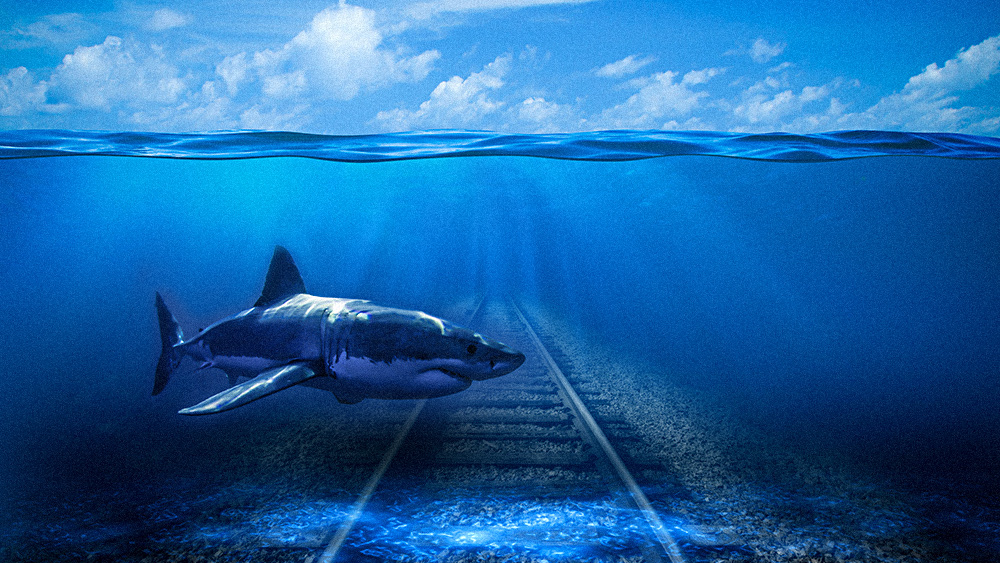Human fecal bacteria found in coral reefs more than 100 miles off Houston coast
04/21/2021 / By Divina Ramirez
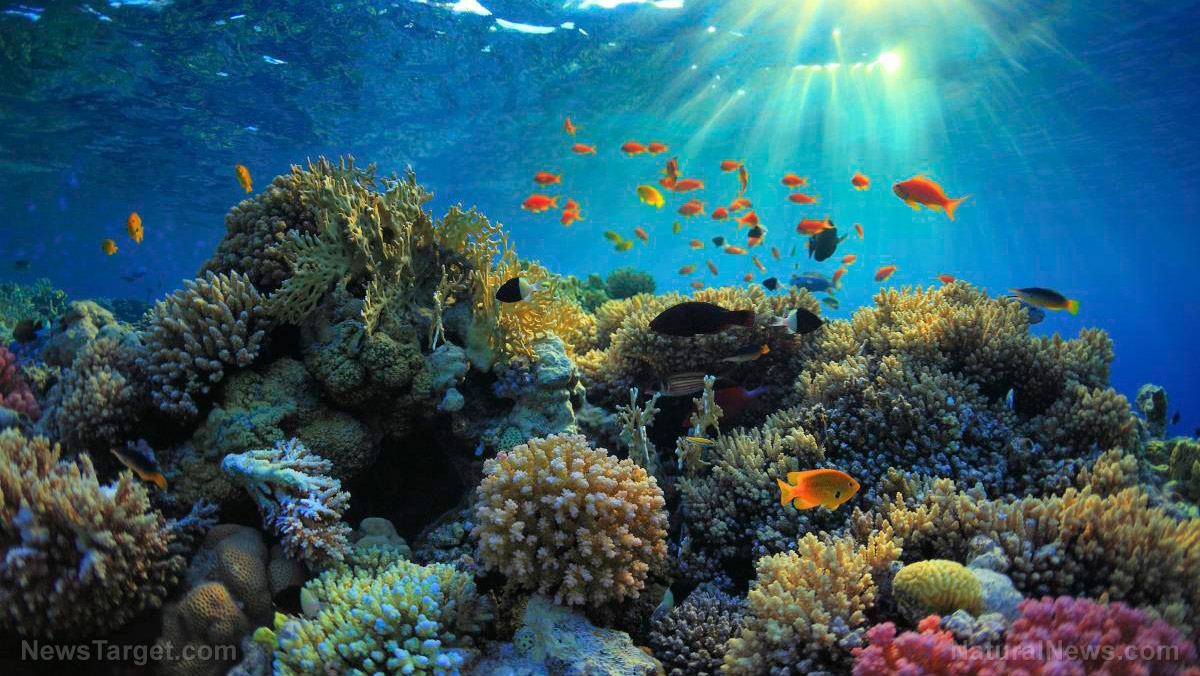
Terrestrial runoffs from extreme flooding events normally only impact nearshore ecosystems like salt marshes, seagrass beds and oyster beds. So researchers from Rice University were shocked to discover human fecal bacteria, such as Escherichia coli (E. coli), in a marine protected area about 100 miles off the coast of Houston.
In particular, they found that runoff from the 2016 Tax Day flood and the 2017 Hurricane Harvey flood carried human waste into the Flower Garden Banks National Marine Sanctuary. The marine protected area is festooned with sponges and corals. It is also home to various creatures, including whale sharks and manta rays.
Adrienne Correa, a marine biologist who was part of the research team, said they’ve always thought the Flower Garden Banks National Marine Sanctuary was safe from terrestrial runoff. She added that it was a jolt to realize that even offshore ecosystems can be significantly affected as well.
Correa and her colleagues published their findings in April in the journal Frontiers in Marine Science.
Human fecal bacteria found in marine protected area
The Flower Garden Banks National Marine Sanctuary protects 17 banks. The banks sit atop several salt domes near the edge of the continental shelf some 100 miles from the Texas and Louisiana coast. Rising several hundred feet from the seafloor, the domes are topped with boulder-sized corals, algae and sponges.
Correa and her colleagues sampled sponges at the site in 2016, 2017 and 2018. The samples collected after the extreme storm flooding in 2016 and 2017 contained E. coli and other human fecal bacteria. Lead author Amanda Shore said sponges are excellent indicators of water quality because they filter seawater.
Using a catalog of E. coli genetic markers, the researchers confirmed that the E. coli on the 2017 samples were from Hurricane Harvey floodwaters. (Related: Hurricane Harvey damage continues: Coral reefs are now threatened from the runoff.)
Correa said that in 2016, she and her team saw differences between sponge bacteria at a location with signs of death and sponge bacteria at a location that didn’t show signs of death. But they couldn’t properly study the cause of the differences because they had no baseline data. Their efforts were also severely complicated by Hurricane Harvey in 2017. “We couldn’t get a normal sample in a no-flood year until 2018.”
When they were finally able to collect normal samples, they noticed a massive change in the community composition of the sponges that were most affected in 2016. They saw similar changes after Harvey, but sponges sampled in 2017 were less stressed than those sampled in 2016.
The researchers also didn’t find dead organisms in the sanctuary in 2017 like they had the previous year. They were initially puzzled by this since it was believed that Hurricane Harvey posed a greater threat to the sanctuary than the Tax Day flood. Shore surmised that they probably “got lucky” with the ocean currents.
In particular, Shore suggested that the estimated 13 trillion gallons of rain that Hurricane Harvey brought had gone down the Texas coast instead of going straight out from Galveston Bay and over the sanctuary. Still, runoff from the hurricane still flowed out into the sanctuary, causing a drop in salinity.
The big question now is whether runoff from extreme flooding events poses a long-term threat to the Flower Garden Banks National Marine Sanctuary. The researchers said they may be able to answer that question by researching the health and microbiomes of different sponges and corals on the banks over time.
Previous studies have shown that pollutants washing into oceans by rainfall over land can greatly impact reefs near the shore. As such, marine biologists have always assumed reefs far from the shore were safe from such dangers, said Shore.
But, as their study has shown, offshore reefs are not exempt from human impact problems.
OceanHealthNews.com has more stories about the threats facing the world’s oceans and marine life.
Sources include:
Tagged Under: coral reefs, environment, flooding, human fecal bacteria, marine life, ocean health, research, toxic water
RECENT NEWS & ARTICLES
OceanHealthNews.com is a fact-based public education website published by Ocean Health News Features, LLC.
All content copyright © 2018 by Ocean Health News Features, LLC.
Contact Us with Tips or Corrections
All trademarks, registered trademarks and servicemarks mentioned on this site are the property of their respective owners.




